The Subaru BRZ, Scion FR-S, and Toyota 86 FA20 Engine: A Comprehensive Guide
The Subaru BRZ, Scion FR-S, and Toyota 86 are iconic sports cars that share the same core underpinnings, offering a thrilling driving experience with an emphasis on lightweight performance and rear-wheel drive dynamics. At the heart of these vehicles is the FA20 engine, a powertrain developed collaboratively by Subaru and Toyota, making it a standout engine in the world of affordable performance cars.
This article will delve into the specifics of the FA20 engine, the vehicles it powers, and answer some frequently asked questions (FAQs) to help enthusiasts and potential buyers better understand the technology, performance, and modifications that make these cars so beloved.
Overview of the Subaru BRZ, Scion FR-S, and Toyota 86
-
Subaru BRZ
The Subaru BRZ is a rear-wheel-drive sports car that was first introduced in 2012. It was developed in collaboration with Toyota, and it shares much of its platform with the Toyota 86 (formerly known as the Scion FR-S in North America). Subaru is responsible for the engine development, including the FA20 boxer engine, which provides a unique driving experience due to its low center of gravity. -
Scion FR-S
The Scion FR-S (now Toyota 86 after the rebranding of the Scion brand) was a direct competitor to other affordable sports cars like the Mazda MX-5 Miata and Ford Mustang. With a focus on lightweight design and exceptional handling, it has been widely praised for its balance and agile handling. -
Toyota 86
The Toyota 86, which succeeded the Scion FR-S in the United States after Scion was discontinued, is a near-identical sibling to the Subaru BRZ. Sporting similar aesthetics, the Toyota 86, along with its Subaru counterpart, is built for driving enthusiasts who seek a pure, engaging driving experience. The collaboration between Subaru and Toyota brought the development of the FA20 engine into the spotlight.
The FA20 Engine: The Heart of the BRZ, FR-S, and 86
The FA20 engine is a 2.0-liter, four-cylinder boxer engine, featuring horizontally opposed cylinders. It offers a number of advantages that set it apart from conventional inline-four engines, including a low center of gravity, improved balance, and reduced vibration, contributing to the excellent handling characteristics of the BRZ, FR-S, and 86.
Key Features of the FA20 Engine:
- Displacement: 2.0 liters (1998cc)
- Configuration: Boxer (horizontally opposed) four-cylinder
- Valvetrain: DOHC (Double Overhead Camshaft) with 16 valves
- Compression Ratio: 12.5:1
- Fuel System: Direct Fuel Injection
- Turbocharging: Naturally aspirated (some variants, like the WRX, have a turbocharged version of the boxer engine)
- Power Output: Around 200 horsepower and 151 lb-ft of torque (varies slightly depending on the model and market)
- Rev Range: High-revving engine, capable of reaching 7,000 RPM
One of the most exciting aspects of the FA20 engine is its ability to rev freely and provide a thrilling sound from its exhaust note. This is a characteristic that has made it a favorite among driving enthusiasts, as it delivers the feeling of performance without the need for excessive engine size or forced induction.
Performance and Driving Dynamics
The FA20 engine is designed to complement the lightweight chassis of the BRZ, FR-S, and 86. Paired with a short-throw six-speed manual transmission (or an automatic option), the engine delivers enough power for an engaging and fun driving experience, especially when driving on twisty roads or the track.
Its low center of gravity provides excellent stability, while the rear-wheel-drive layout ensures that the handling is balanced and precise, making the car feel agile and responsive. The FA20 engine’s power output is tuned to be adequate for spirited driving, allowing the car to maintain a lively and playful character.
Common Modifications and Tuning for the FA20 Engine
While the FA20 engine is already an impressive powertrain, many owners of the Subaru BRZ, Scion FR-S, and Toyota 86 choose to modify their cars to extract even more performance. Here are a few common modifications for the FA20 engine:
-
Cold Air Intake
An upgraded cold air intake can help the engine breathe more freely, allowing it to take in cooler, denser air, which can improve power output. -
Exhaust Systems
Upgrading the exhaust system to a more free-flowing unit can enhance engine sound and improve exhaust flow, leading to better performance and a more aggressive exhaust note. -
Tuning
ECU (Engine Control Unit) tuning is popular for optimizing the air/fuel ratios, ignition timing, and other parameters to maximize performance gains, especially after other mods like intake and exhaust upgrades. -
Turbocharging/Supercharging
For those seeking a significant increase in power, forced induction kits (turbochargers or superchargers) are a popular choice. These kits increase the engine’s power output substantially, often exceeding 300 horsepower. -
Camshafts and Valvetrain
Upgraded camshafts and valvetrain components can help increase engine performance, particularly at higher RPMs, and are often used by enthusiasts aiming for race-level builds. -
Turbo FA20 Engine
Subaru offers a turbocharged version of the FA20 engine in other models like the WRX. Some owners choose to swap in this version of the engine for additional performance, though it requires significant modifications to the car’s setup.
FAQ: Frequently Asked Questions
1. What’s the difference between the FA20 engine in the Subaru BRZ, Scion FR-S, and Toyota 86?
The FA20 engine is fundamentally the same across the Subaru BRZ, Scion FR-S, and Toyota 86. The differences come in terms of tuning and vehicle setup, such as suspension, interior features, and exterior styling. All three vehicles share the same platform and engine, with variations based on market and model year.
2. How reliable is the FA20 engine?
The FA20 engine is generally considered reliable, with many owners reporting trouble-free operation if the car is well-maintained. As with any performance engine, regular oil changes, proper cooling system maintenance, and addressing issues such as excessive oil consumption early on are key to ensuring longevity.
3. What are common issues with the FA20 engine?
Some owners report issues with excessive oil consumption in earlier models of the FA20 engine, particularly the 2013-2014 BRZ and FR-S. Subaru and Toyota addressed some of these issues in later models. Additionally, turbocharged builds can lead to increased stress on the engine components, which requires more care and attention.
4. Can the FA20 engine be swapped with a turbocharged version?
Yes, it is possible to swap the naturally aspirated FA20 engine with a turbocharged version from other Subaru models (e.g., the WRX). However, such swaps require significant modifications to the car’s internals, cooling system, and ECU. Forced induction kits are a more common and less invasive alternative for increasing engine power.
5. How much horsepower can the FA20 engine handle with modifications?
With modifications such as turbocharging or supercharging, the FA20 engine can handle upwards of 300 horsepower or more. However, it’s important to consider the health of the engine components and ensure that the supporting systems (e.g., fuel system, cooling system) are also upgraded to handle the additional power.
6. Is the FA20 engine fuel-efficient?
Yes, the FA20 engine is relatively fuel-efficient for a sports car. Depending on driving style, the vehicle can achieve anywhere from 20 to 30 miles per gallon, making it a solid choice for daily driving in addition to spirited driving.
7. What’s the best way to get more power from the FA20 engine?
The best way to extract more power depends on your goals. For mild performance gains, consider upgrading the intake and exhaust systems, along with ECU tuning. If you’re looking for substantial increases in power, forced induction systems (turbo or supercharger) offer significant performance improvements.
Conclusion
The FA20 engine is a fundamental part of the Subaru BRZ, Scion FR-S, and Toyota 86’s appeal. With its unique boxer configuration, lightweight design, and high-revving nature, it provides an unforgettable driving experience that combines agility, balance, and fun. Whether you’re an enthusiast looking to modify your car or just someone who appreciates a thrilling yet reliable sports car, the FA20 engine stands out as one of the key features that make these vehicles so special.

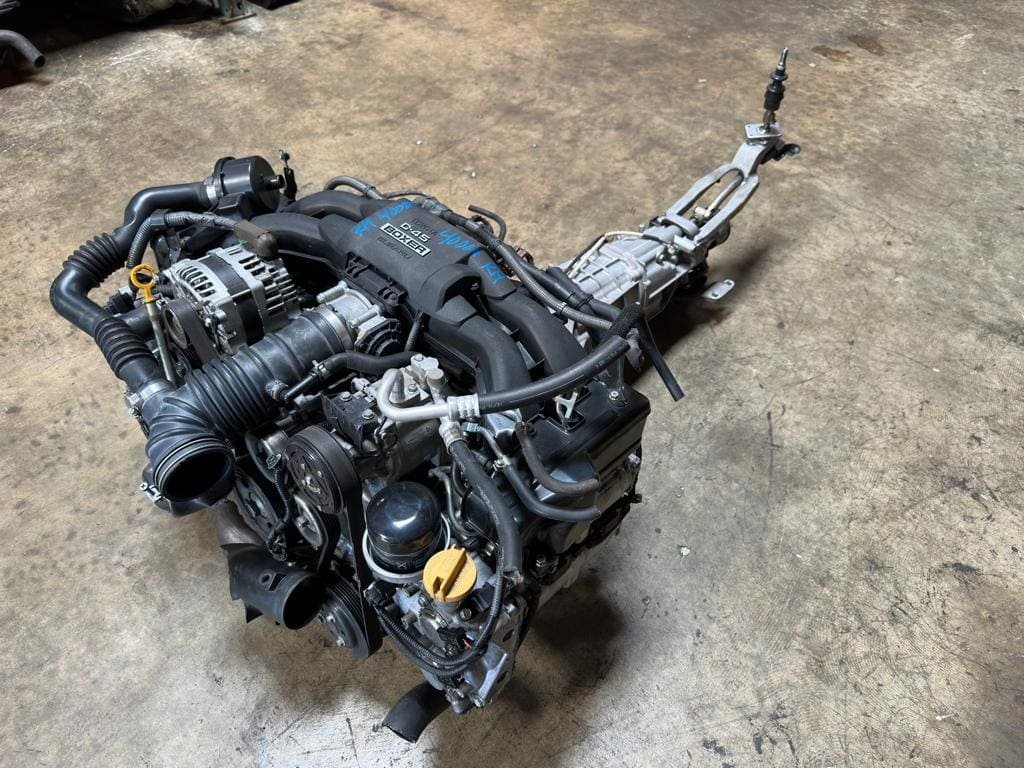

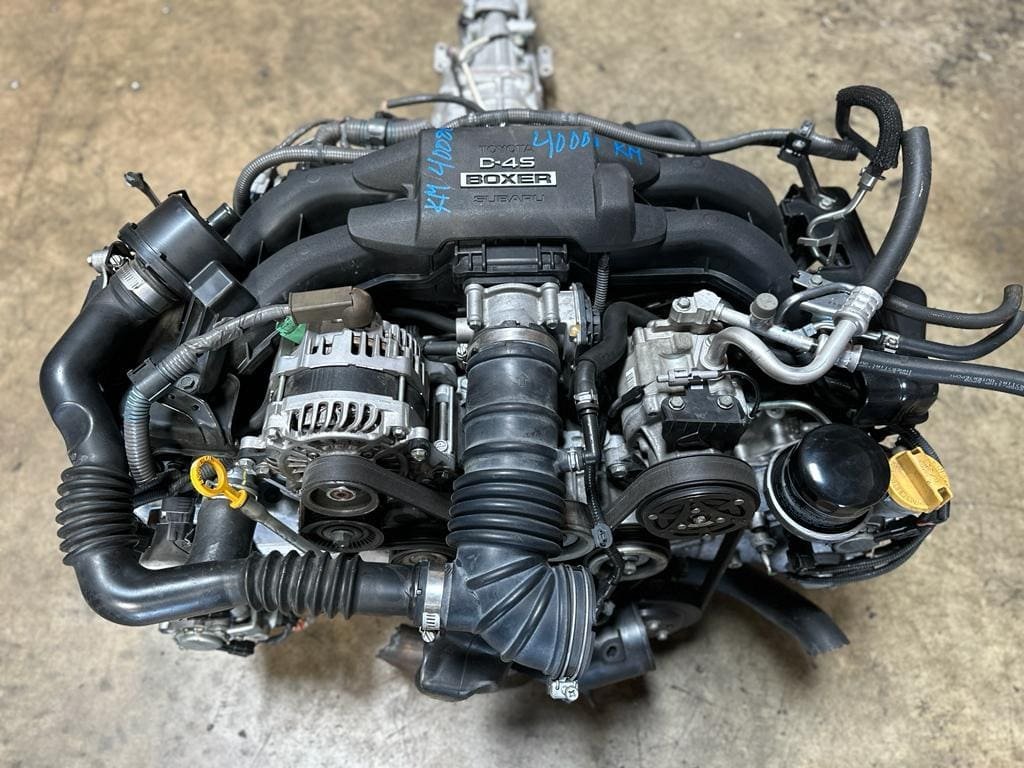
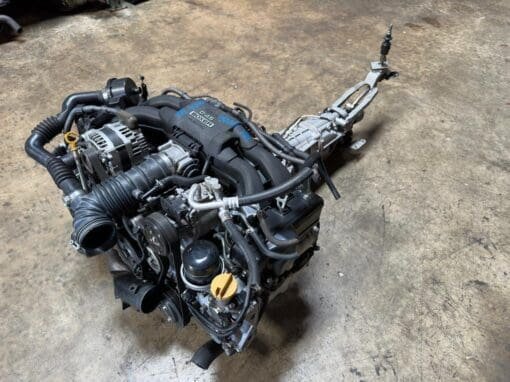
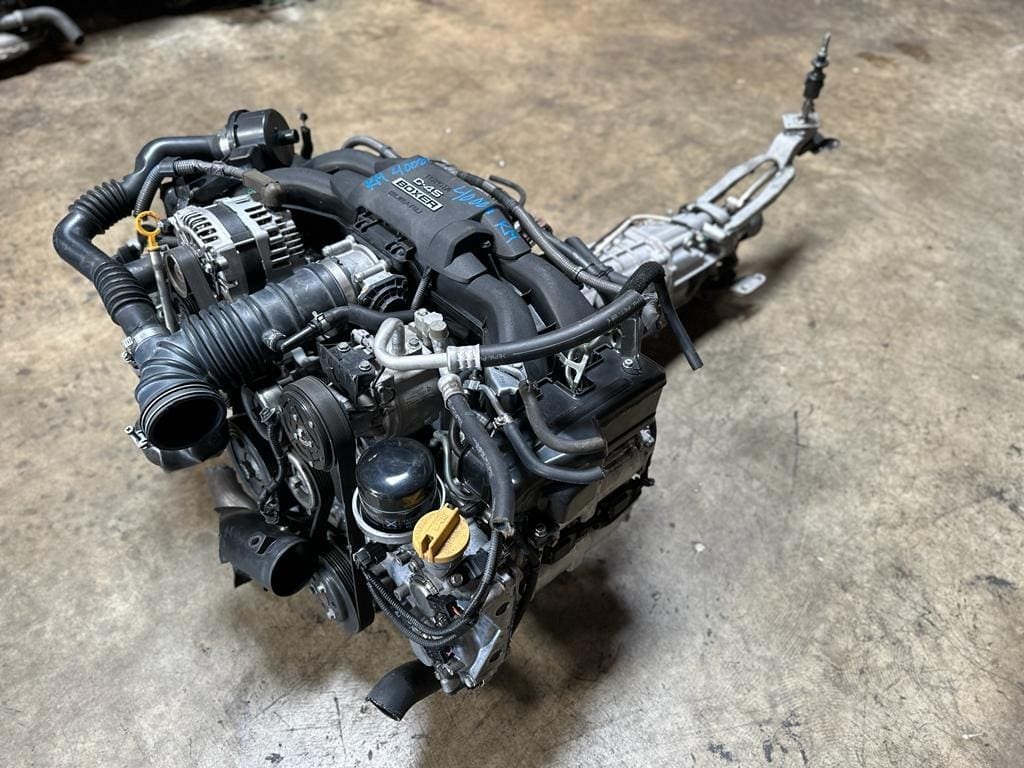
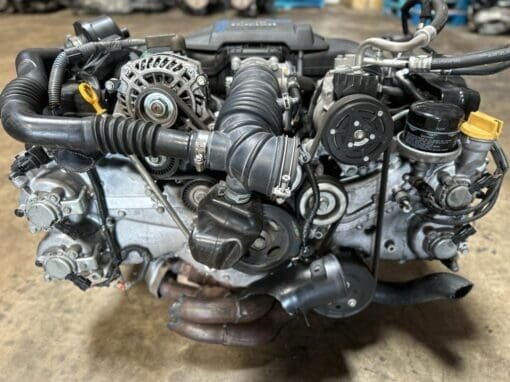
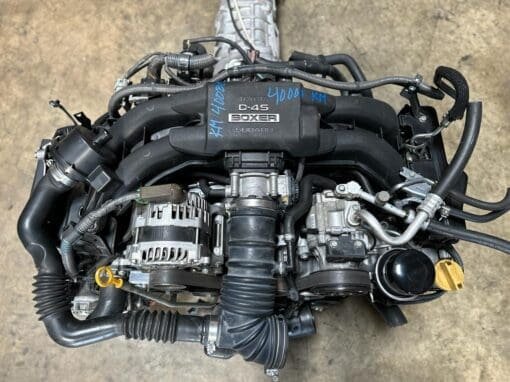
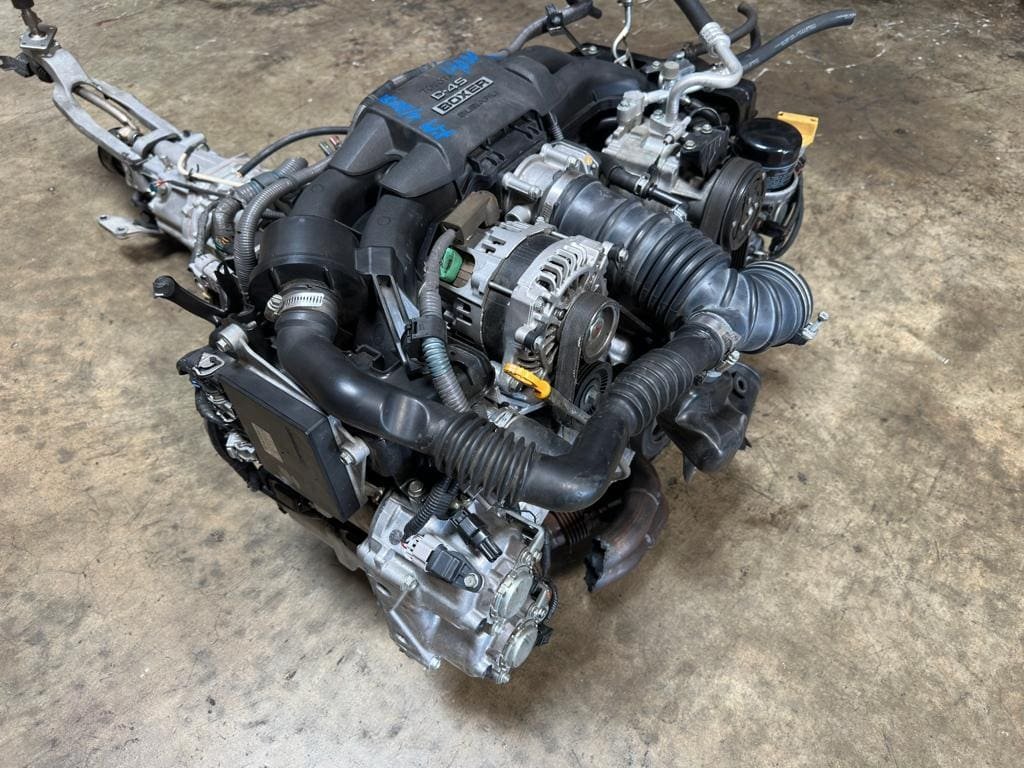
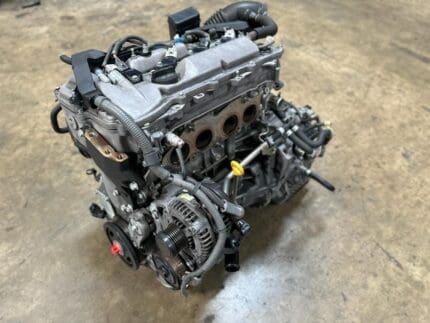




Reviews
There are no reviews yet.